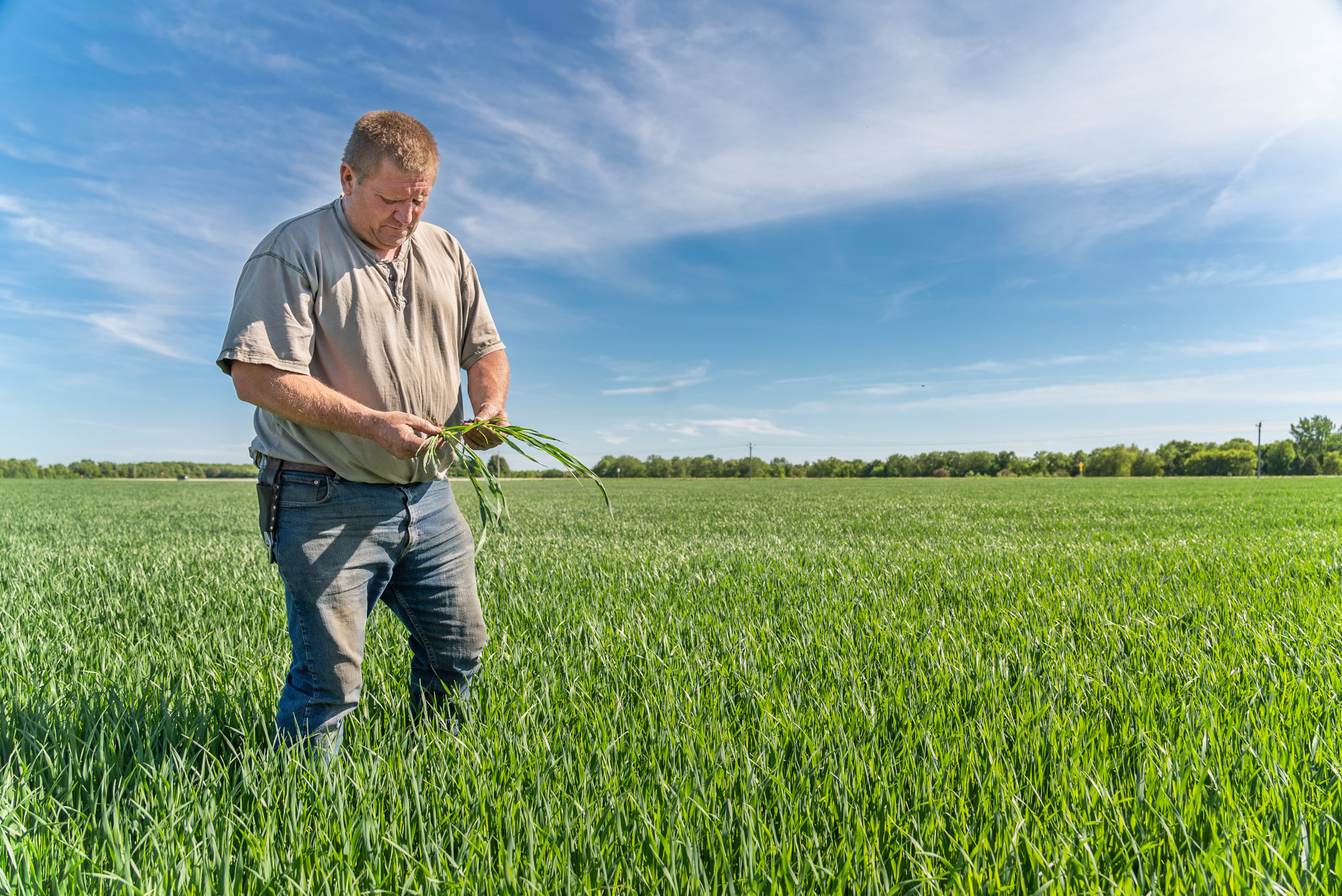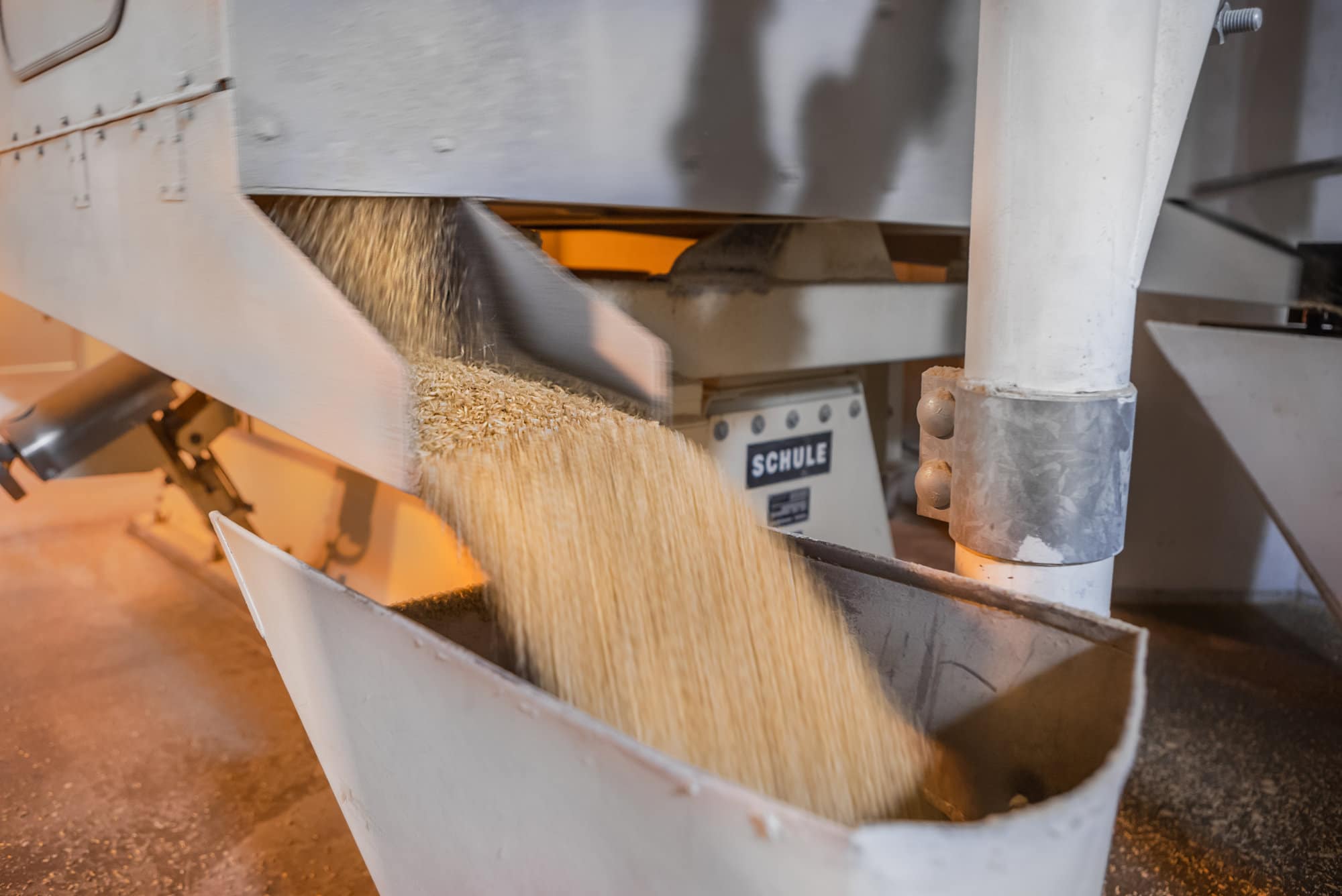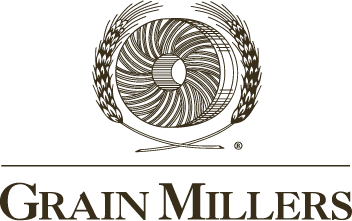OUR PATH TO SUSTAINABILITY
WHERE WE HAVE BEEN
A lot has changed since we began our Sustainability Program in 2013. From the beginning we have focused on continuous improvement, both on the farm level and for Grain Millers as a whole.
In that same vein, the conversation in the sustainability landscape has expanded to include the philosophy of regenerative agriculture – farm practices that can actively improve the environment. Through our continuous improvement of our program, we have added questions focusing on regenerative agriculture to our grower survey. This year we will transition from reporting on grower aggregate scores in sustainability categories to reporting on regenerative ag practice adoption.
WHAT OUR GROWERS ARE DOING
Regenerative agriculture focuses on practices that help pull carbon from the air and store it in the soil. Our growers know their operations better than we ever will, so we do not want to tell them how to farm. However, the goal of our sustainability program is to drive continuous improvement by tracking changes over time and introducing new ideas to our growers.

How we are driving this change
Grain Millers supports various farmer-led conservation organizations which provide resources to help farmers achieve their sustainability goals. These can include cover crop cost shares, soil testing, mentorships, and field days.
We also act as a market for small grains that allow growers in the Midwest to extend their typical corn/soy rotations.
Grain Millers provides resources directly to our growers in our sustainability programs via webinars and other events. This past winter we hosted webinars for our growers with experts in the regenerative ag field. This gave an opportunity for our growers to learn about new ideas and share thoughts with leaders in the industry as well as with each other.

Sustainability in the oat milling process
Did you know that our oat milling process is minimal waste? In fact, the landfill diversion rate for oat product at our St. Ansgar facility is 99%. This is achieved by selling our byproducts for animal feed and using oat hulls for fiber or poultry bedding.
Grain Millers is also beginning the process of analyzing the carbon footprints of our oat facilities so that we can measure our environmental impact. This fits in with our overall program philosophy that tracking practices will drive continuous improvement.
Contact Us About Partnerships for Resilient Agriculture
Grain Millers makes decisions based on shared values and invests in what is good - not just for us, but for the farmers we depend on, the customers we serve, and the world we all live in.
It's more than processing. It's our promise.
© 2025 Grain Millers, Inc.
